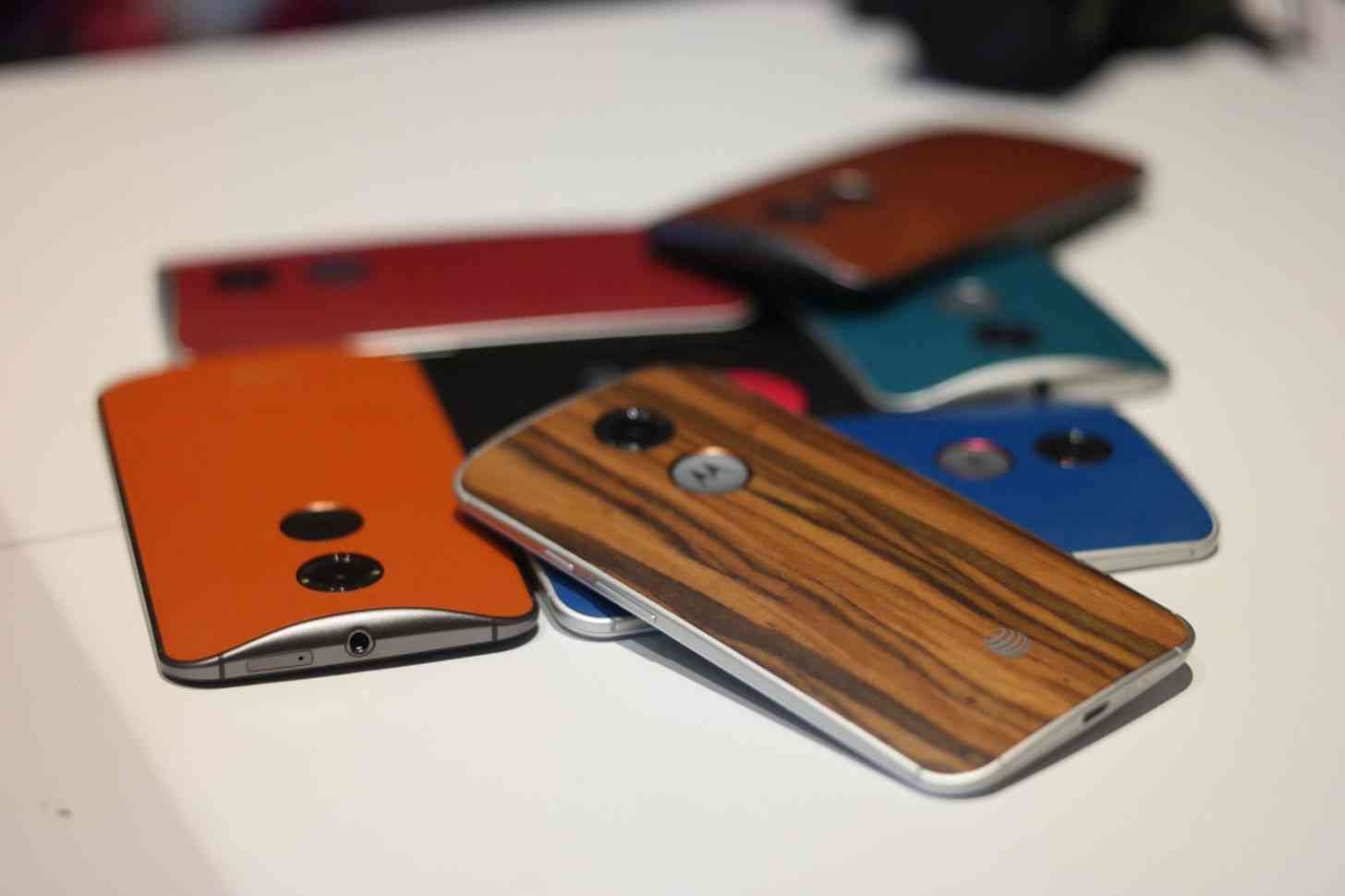
I never cared much for Motorola pre-2013. Although the Motorola DROID line was one of the most iconic in its heyday, none of the devices ever made it outside of Verizon Wireless territory. I wasn’t a Verizon customer at the time, so I had very little interest in DROID at all. Although I had a brief interest in the Motorola Photon 4G back in 2011, it wouldn’t be until the Moto X came out that I really took an interest in Motorola’s smartphones at all.
Initially, I wasn’t thrilled about the original Moto X, either. Aside from the exaggerated rumors of just how great Motorola’s first phone would be (but wasn’t) after being taken under Google’s wing, I was mostly skeptical of the “always on” sensors, letting paranoia set in and get the most of me. Why would I want a phone to be able to hear me all of the time? I was extremely critical of the Moto X, but once I was given the chance to review the device I found that I was actually quite fond of many of the device’s features – including the “always on” listening that I was so skeptical about in the first place.
Although initially I found the price of the Moto X way too high compared to its target competition ($575-$600 off-contract initially), once the price eventually leveled out I found that the Moto X was pretty much worth every penny. The look and feel of the device, the Motorola-specific features like Active Display, always on listening, and Motorola Connect made the device, in my opinion, one of the most practical smartphones on the market. Not too much bloatware and just enough features.
Motorola continued to impress me even more so when they released the Moto G, which was an extremely affordable and surprisingly not terrible smartphone. A decent, affordable Android device was hard to come by at the time, but Motorola nailed it with the Moto G. They even took it a step further and released the Moto E, which was even cheaper than the Moto G.
It’s 2015 now, and all three devices continue to thrive very well in the market. The Moto E recently had its second generation device unveiled, and for just $99.99 you get a perfectly capable 4G LTE phone with Android 5.0 (Lollipop) right out of the box. The second generation Moto G is another decent Android device for under $200, hitting that middle market between the entry-level Moto E and Motorola’s flagship, the Moto X. Even the Moto X, which features unique hardware customization, great specs, and some water resistance, only costs $399 off-contract. That makes it considerably cheaper than many of the other major flagships on the market today.
And even though smartwatches aren’t exactly my thing, the Moto 360 smartwatch running on Android Wear has certainly made a splash on the smartwatch side of things.
Overall, I’m mostly impressed by how well Motorola has been able to adjust. The pricing on their devices is incredible, and they really hit the nail on the head with each level of smartphones. The Moto E is an exceptional entry-level smartphone, Moto G serves as a fantastic in-betweener device, and Moto X is a well-rounded flagship. Even the design of each smartphone is great, even if it doesn’t use the most premium of materials – but it’s also not priced for the use of those materials either, and even without I feel that Motorola has been able to create devices with an extremely comfortable hold.
As long as Motorola continues down the path of creating exceptional devices with unmatched pricing, I will continue to view them as one of my favorite manufacturers in the industry. I’m definitely looking forward to the next generation Moto G and Moto X devices later this year, with the hope that Motorola keeps doing what it’s been doing – because it’s working.